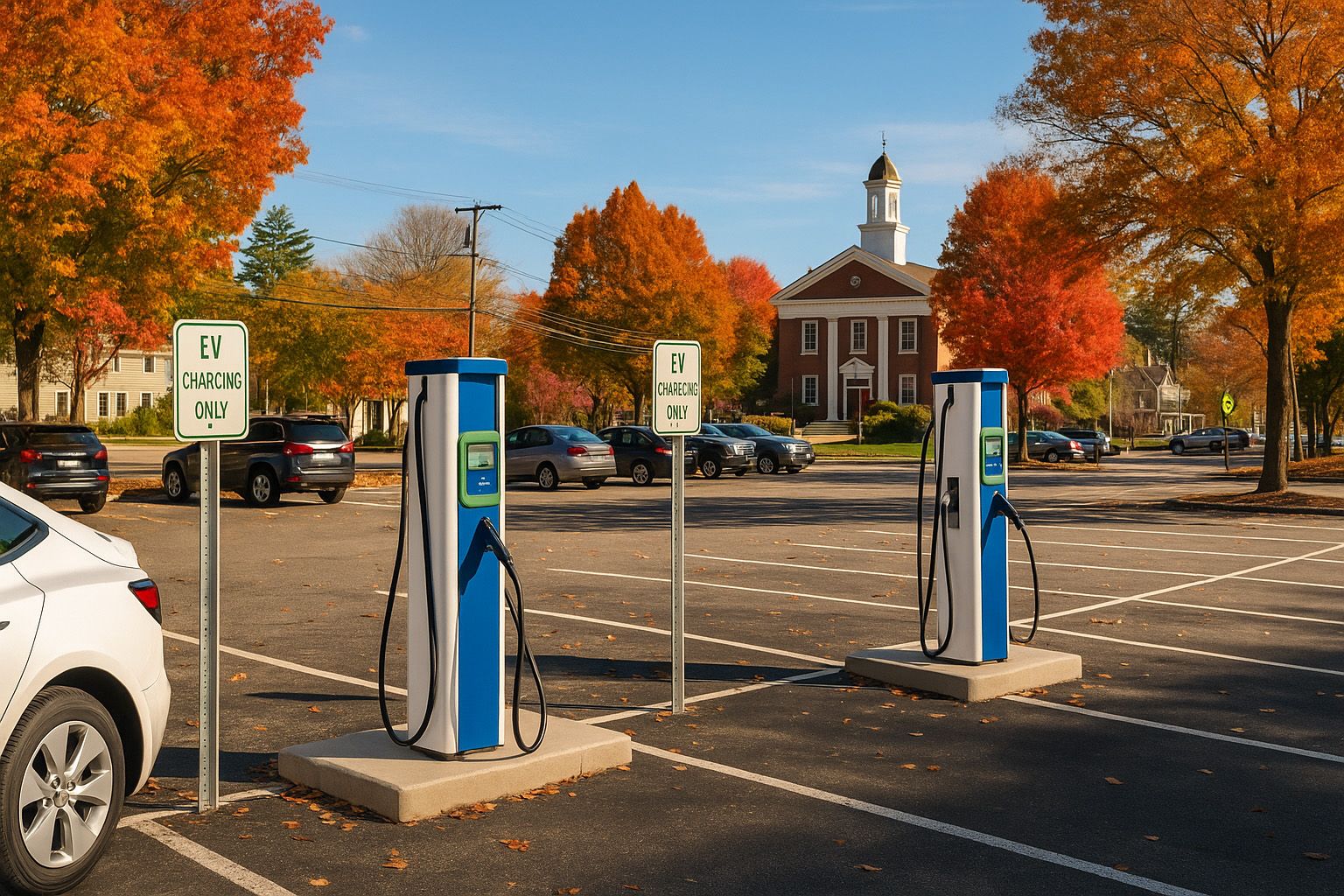Wrentham Schools Embrace Digital Tools for Learning

In classrooms across Wrentham, a quiet transformation is underway. Chalkboards and paper worksheets are giving way to Chromebooks, cloud platforms, and interactive apps as Wrentham Public Schools expand their push toward digital learning tools. The initiative is part of a district-wide plan to prepare students for a tech-driven world—while also making learning more engaging and accessible in real time.
At the center of the effort is a shift toward one-to-one device access, especially for upper elementary and middle school students. With the support of grant funding and town-backed capital improvement planning, the district has rolled out new tablets, laptops, and software subscriptions to meet the growing demand for modern instruction. Teachers now use platforms like Google Classroom and Seesaw to assign homework, track progress, and share feedback instantly.
This transition did not begin overnight. The groundwork was laid several years ago, but the pandemic significantly accelerated the need for reliable online learning tools. What started as an emergency response to remote learning has grown into a lasting shift in how education is delivered locally. Wrentham educators report that students are not only adapting well to the tools but are also showing greater independence and collaboration in class projects.
But like any technological shift, the process has faced challenges. Training teachers to navigate new systems and adjust their lesson plans has been a top priority. The district has offered professional development workshops and peer mentorship to help educators make the most of the technology. Meanwhile, school administrators are working closely with parents to ensure home access and digital equity for all students, regardless of income.
The investment in technology also comes with broader benefits. Educators say it allows them to personalize learning for students with different needs and learning styles. Students with IEPs, for example, can use accessibility tools built into their devices, while advanced learners can access online enrichment programs that weren’t possible before.
Looking ahead, the district plans to expand its digital toolkit even further, including new science and math software, virtual field trips, and coding lessons for younger grades. Officials are also exploring updates to classroom infrastructure, including Wi-Fi upgrades and more smartboards.
As Wrentham continues to balance innovation with tradition, one thing is clear—technology is no longer just an add-on in the classroom. It’s becoming an essential part of how students in this small town learn, create, and connect with the world beyond the school walls.







